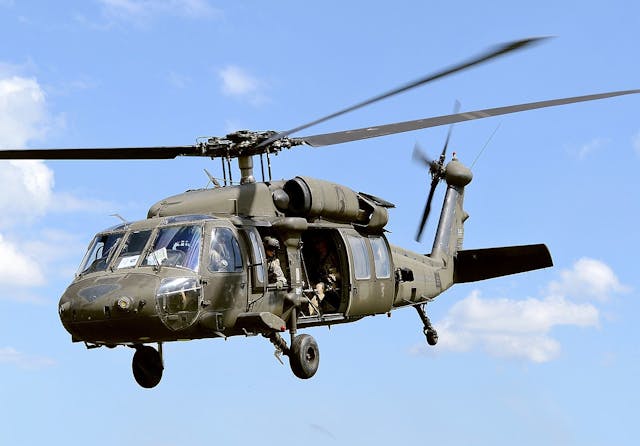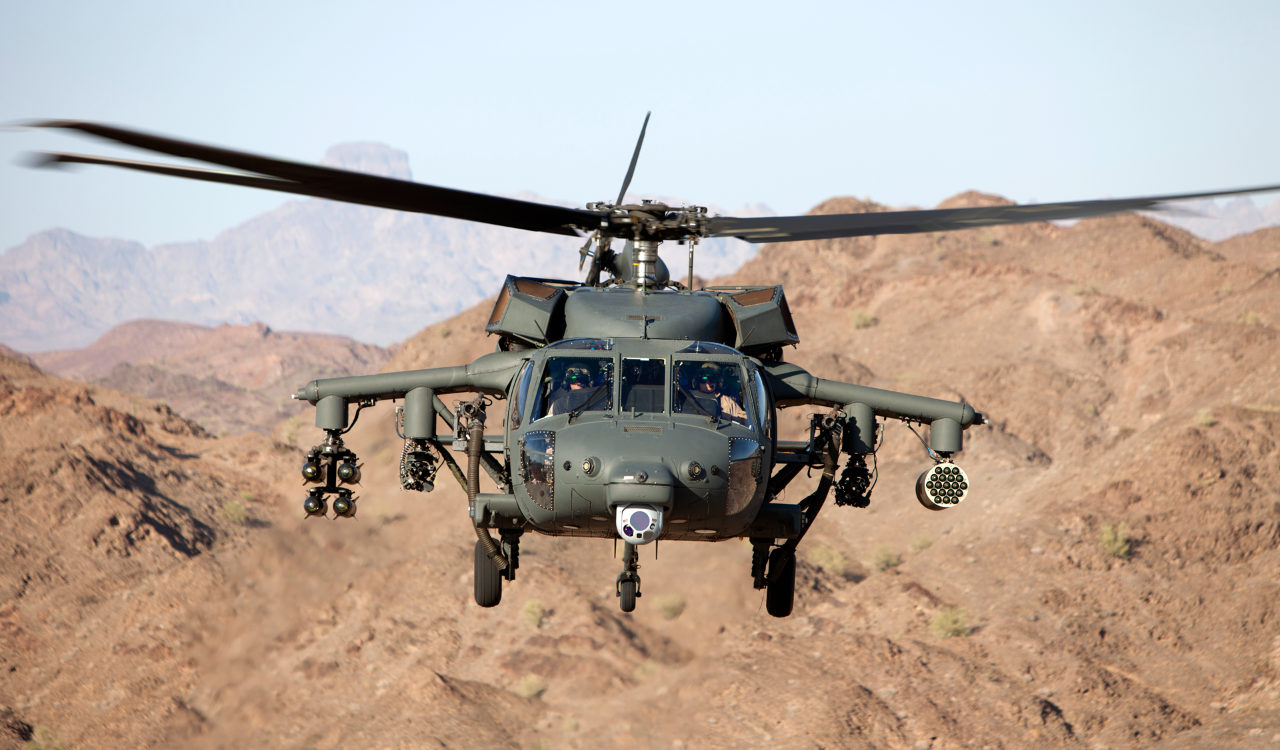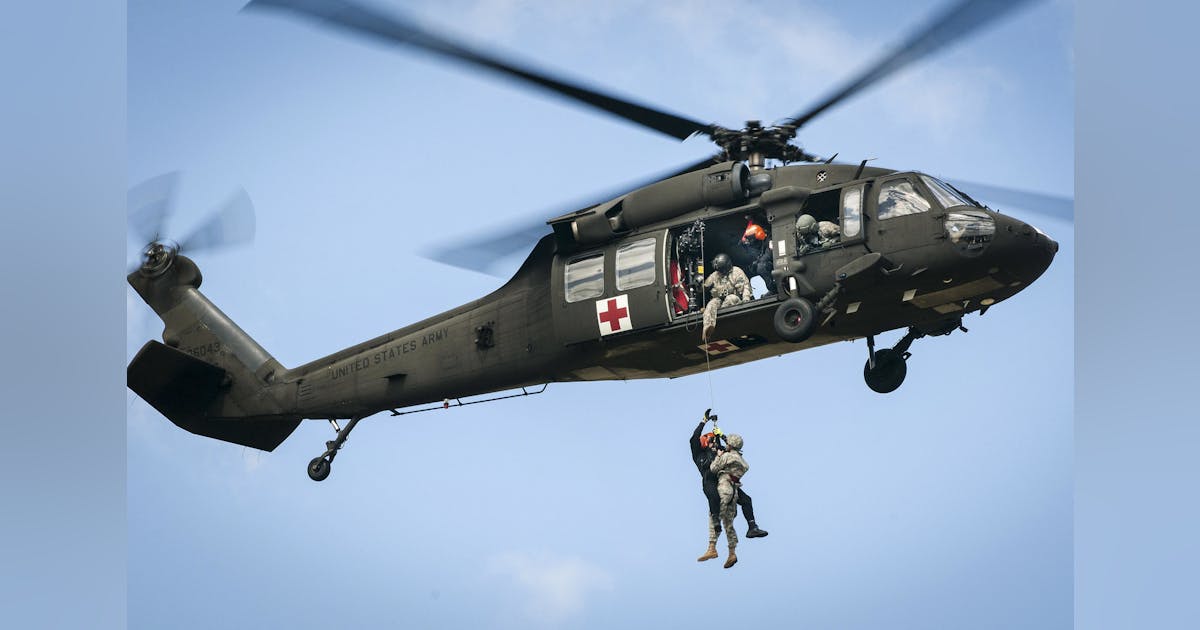UH 60 Technical Specs and Performance Review
UH 60 Technical Specs and Performance Review
Blog Article
Exploring the Cutting-edge Modern Technology Behind Airplane Style and Engineering
The area of aircraft style and design is seeing a transformative change driven by innovative modern technologies that improve performance, performance, and sustainability. As the market grapples with the challenges of ecological responsibility, developments in lasting aeronautics technologies guarantee to improve the future.
Advanced Materials in Aircraft Style
Just how can the integration of advanced materials change aircraft design? The incorporation of advanced materials, such as carbon fiber composites, titanium alloys, and progressed porcelains, plays a crucial role in enhancing airplane performance and performance.
In addition, innovative products display improved resistance to rust and tiredness, resulting in lower maintenance prices and extensive life span. For instance, the use of titanium in crucial components helps withstand severe temperature levels and stress and anxieties, while carbon fiber compounds supply versatility in style and manufacturing processes. This flexibility enables even more aerodynamic shapes, adding to exceptional performance features.
Additionally, the combination of wise materials, which can alter homes in response to exterior stimuli, opens up brand-new avenues for flexible systems in aircraft layout. uh 60. These developments promise not just to enhance safety and security and operational performance however also to add to sustainability efforts by lessening environmental influence via minimized emissions. In recap, advanced products are redefining the landscape of airplane style, leading the way for extra effective, sturdy, and environmentally pleasant air travel remedies
Aerodynamic Technologies for Efficiency
Wind resistant innovations play an essential duty in improving airplane efficiency, considerably affecting fuel usage and total performance. Developments in airfoil layout, such as the introduction of supercritical wings, enable maximized lift-to-drag ratios, decreasing drag at transonic rates. These technologies enable airplane to keep higher speeds with lower gas expense, directly affecting operational prices and environmental sustainability.
Additionally, the assimilation of winglets has shown efficient in minimizing vortex-induced drag at the suggestions of wings, further boosting fuel efficiency - uh 60. This layout modification results in a decrease in wake disturbance, adding to enhanced wind resistant efficiency throughout cruise ship problems

Additionally, computational fluid characteristics (CFD) devices have transformed the testing and improvement of wind resistant shapes, permitting specific simulations of air movement around aircraft (uh 60). This enables designers to introduce continuously, making certain that contemporary airplane not only fulfill governing requirements but additionally press the boundaries of performance in aeronautics

Role of Computer System Simulations
Computer simulations have actually become a crucial tool in the area of aircraft style, enabling designers to carry out detailed evaluations and optimizations of numerous style facets. These simulations allow for the digital testing of aerodynamic residential properties, structural honesty, and performance metrics long prior to physical models are built. By using computational liquid dynamics (CFD) and limited component analysis (FEA), engineers can forecast how air streams around the airplane and just how different materials will respond to stress and anxiety and strain.
Additionally, computer system simulations facilitate the exploration of a wide variety of variables and situations, speeding up the layout process and reducing costs connected with physical screening. This capacity not only enhances the accuracy of predictions relating to airplane actions but also provides insights right into prospective layout renovations that might not be promptly noticeable via traditional methods.

Furthermore, simulations assist make sure conformity with rigid safety regulations by allowing designers to recognize and correct possible concerns early in the layout stage. The assimilation of simulation modern technologies into the aircraft design procedure emphasizes the substantial advancements in design techniques, inevitably adding to the advancement of much safer, a lot more effective, and eco-friendly aircraft.
Expert System in Design
Synthetic knowledge (AI) is revolutionizing the engineering landscape, specifically in aircraft style, by boosting decision-making processes and enhancing style workflows. With equipment understanding formulas, AI can analyze huge datasets, uncovering patterns and understandings that inform style options and boost total effectiveness.
AI applications in airplane design include generative layout, where algorithms develop numerous design options based on defined criteria, permitting engineers to examine a broader variety of opportunities. This not just increases the design phase but likewise makes sure that the end products fulfill rigorous performance and safety requirements.
In addition, AI-driven anticipating analytics facilitate maintenance scheduling by analyzing historical data and predicting visit here potential failures. This proactive approach reduces downtime and enhances aircraft dependability.
Furthermore, AI help in simulation and modeling, enabling engineers to check designs under numerous problems without the requirement for physical prototypes. This ability shortens development timelines and lessens expenses related to standard testing techniques.
Sustainable Aviation Technologies
Just how can the aeronautics market efficiently balance growth and ecological obligation? The response hinges on the fostering of lasting air travel innovations that prioritize effectiveness and decrease carbon emissions. Innovations such as lasting air travel fuels (SAFs), which are originated from eco-friendly resources, have become a crucial element in accomplishing reduced lifecycle discharges. SAFs can considerably decrease the carbon impact of flights, making them a viable option to conventional jet gas.
Moreover, developments in airplane style, such as the development of lighter materials and even more aerodynamically efficient forms, add to enhanced fuel effectiveness. Electric and hybrid propulsion systems are additionally obtaining traction, supplying a pathway to lower reliance on fossil gas and minimize greenhouse gas discharges.
The integration of these innovations is sustained by regulatory frameworks and sector collaborations focused on establishing ambitious sustainability targets. In addition, digital devices like information analytics and expert system can maximize check my blog trip operations, even more boosting gas efficiency. By embracing sustainable methods and modern technologies, the aeronautics industry can not only satisfy the expanding need for air travel yet also play an essential duty in resolving environment change, guaranteeing a much more sustainable future for air transport.
Final Thought
The merging of innovative products, wind resistant innovations, and advanced innovations marks a considerable development in address airplane style and design. The combination of carbon fiber composites, titanium alloys, and AI-driven processes not only enhances performance and efficiency but also enhances operations and anticipating upkeep. The ongoing growth of sustainable air travel modern technologies emphasizes a commitment to environmental responsibility, paving the way for a greener future in aviation. This continual development will form the sector's trajectory for several years to find.

Computer simulations have come to be an essential tool in the field of airplane layout, enabling engineers to carry out in-depth evaluations and optimizations of various design elements.The merging of innovative products, wind resistant innovations, and advanced innovations notes a substantial advancement in airplane design and engineering.
Report this page